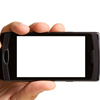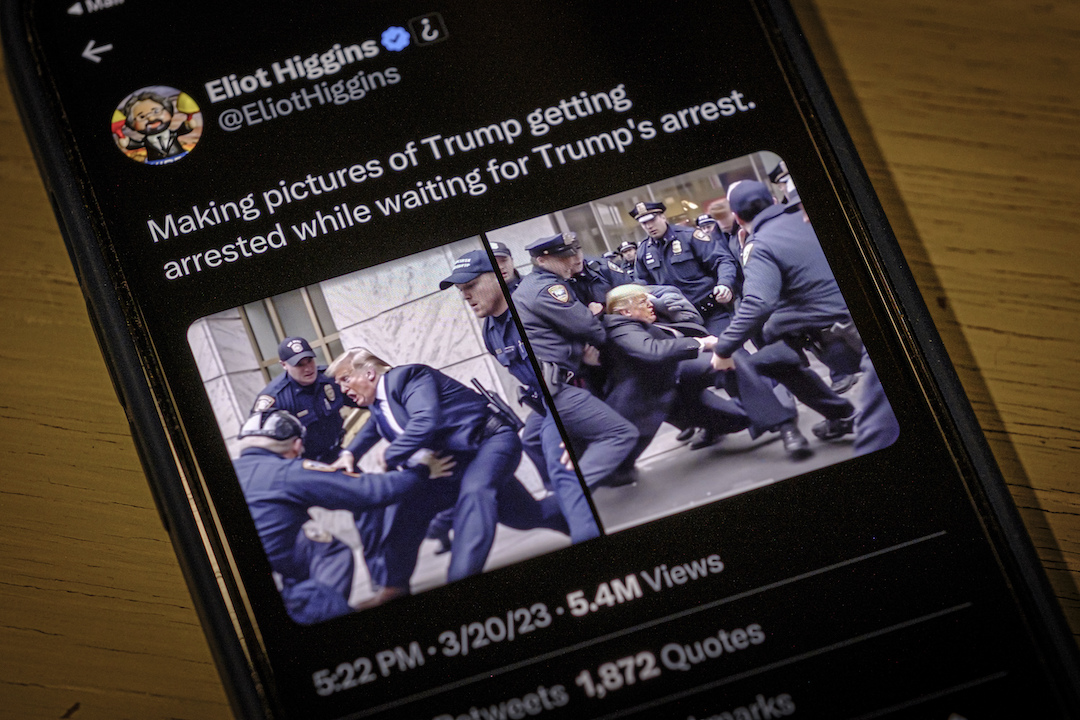The good news for reporters today is that the advent of smartphones has made it possible for them to do part of their job with nothing more than a phone. The bad news is, the practice of “mobile reporting” is still so much in its infancy that there are limited resources and experts out there for guidance.
In fact, ask even those who have extensive experience with mobile reporting for best practices tips, and they’ll likely tell you that the best approach is individual experimentation.
“If you’re not used to it, you can’t lean all of your body weight on it,” said TC McCarthy in a phone interview. “It’s like playing a video game — you want to know how to achieve your goal with every single app.”
McCarthy worked fulltime as a mobile reporter for Newsday for about two years and is now a Web developer at the CUNY School of Journalism. He says his approach to finding the right tool was just trial and error.
“The way that I always attacked those things [I wanted to do while mobile reporting] is that I figured out what particular problem I needed to solve and then Googled that.”
Based on interviews with McCarthy and others, I’ve compiled five ways journalists can use smartphone apps for reporting.
1. Record and file audio clips
Mobile reporting is largely dominated by broadcast journalists, including those who work in radio and use it for audio.
Neal Augenstein, a reporter at WTOP radio in Washington, D.C., reports exclusively with his iPhone and says he has never paid more than $9 for an app.
“That’s what I like most about iPhone reporting,” said Augenstein in a telephone interview. “These are consumer solutions that are helping me do my job.”
Since Augenstein’s needs for audio were specific, he focused on finding one app he liked the most (VeriCorder Audio Pro) and stuck with it. It records good quality audio, allows him to edit and move segments, including taking a sound byte and inserting it between his voiceovers, and then send the audio from his device to his newsroom.
2. Shoot videos when action strikes
When McCarthy started mobile reporting for Newsday, his first challenge was not just what to use to shoot video, but how to shoot it. His first attempt involved mounting his phone on a vehicle for a standup.
The resulting video was too stiff, so he switched to holding the phone in front of him for a more gritty, in-action style that was perfect for breaking news assignments.
Practicing shooting video with his phone this way also gave him the confidence to keep focus in a dramatic event. After his car almost got hit by a tree in the road during Hurricane Sandy, he stopped to document it. Another tree fell while he was shooting video. He was able to continue reporting, largely because he had practiced enough to know how to keep shooting.
Marc Blank-Settle, who has trained about 500 BBC journalists on smartphone reporting for the BBC College of Journalism, recommends getting a fixing or grip that can attach a smartphone to a tripod. This will help keep your video more stable and watchable. An external microphone, he says, can also make a big difference in quality.
3. Capture photos discretely
Though the quality of photographs from cell phones — even smartphones — is still far behind what can be captured with a DSLR, there are some obvious advantages.
Along with the speed at which mobile photos can be transmitted and the compact, always-at-hand nature of cell phone cameras, discretion is a major advantage. With practice, it’s possible to take a photograph with a smartphone practically unnoticed, which can be the difference between getting an image — or nothing.
During the November 2012 fighting between Hamas in Gaza and Israel, an editor asked me to photograph scenes in Jerusalem. Just as a the second bombing attack on the city was underway, I was in the middle of a crowded outdoor shopping plaza and ended up in the bomb shelter with about 20 other people. I took two photographs of the group standing in half-darkness waiting for the sirens to stop.
The discreetness of using my phone rather than my Canon allowed me to document the moment that slipped by quickly.
4. Live remote reporting
One of the more useful features of smartphones is their ability to create a direct link from newsroom to reporter as news is happening.
Blank-Settle says that for cross-platform transmission of live audio or video, Skype is increasingly popular.
“We are getting more and more guests on air using Skype,” Blank-Settle said by telephone. Smartphones free a reporter to focus on getting access to a newsworthy scene, because they can capture and send back information from anywhere.
He says that the quality of content transmitted from smartphones is becoming more accepted because it’s preferable to have something rather than nothing.
Depending on the story and the posting format (often social media), McCarthy tended to use his iPhone’s installed video camera. For some stories, though, he used a live streaming app called Ustream.
5. Filing copy on deadline
Though slower and more cumbersome than sitting in front of a computer keyboard, the installed apps on smartphones for word processing can come in handy.
During a recent train outage at New York City’s Penn Station, McCarthy used his phone’s notes app to take notes and Google Docs to write the story. By the time he had gotten three interviews, the train was running again and he wrote the story on the way home. He filed the piece before reaching his stop.
But, he adds, the ability to function so efficiently was a result of practice.
“Had I not had the high number of hours working mobily like that, I’m not sure that would have worked,” he says.
The good news is, the smartphone’s ever-present role as both a personal and professional device offers ample opportunity to practice.
“Lean on your technology as much as possible, because you always have your phone in your pocket.”








Comments